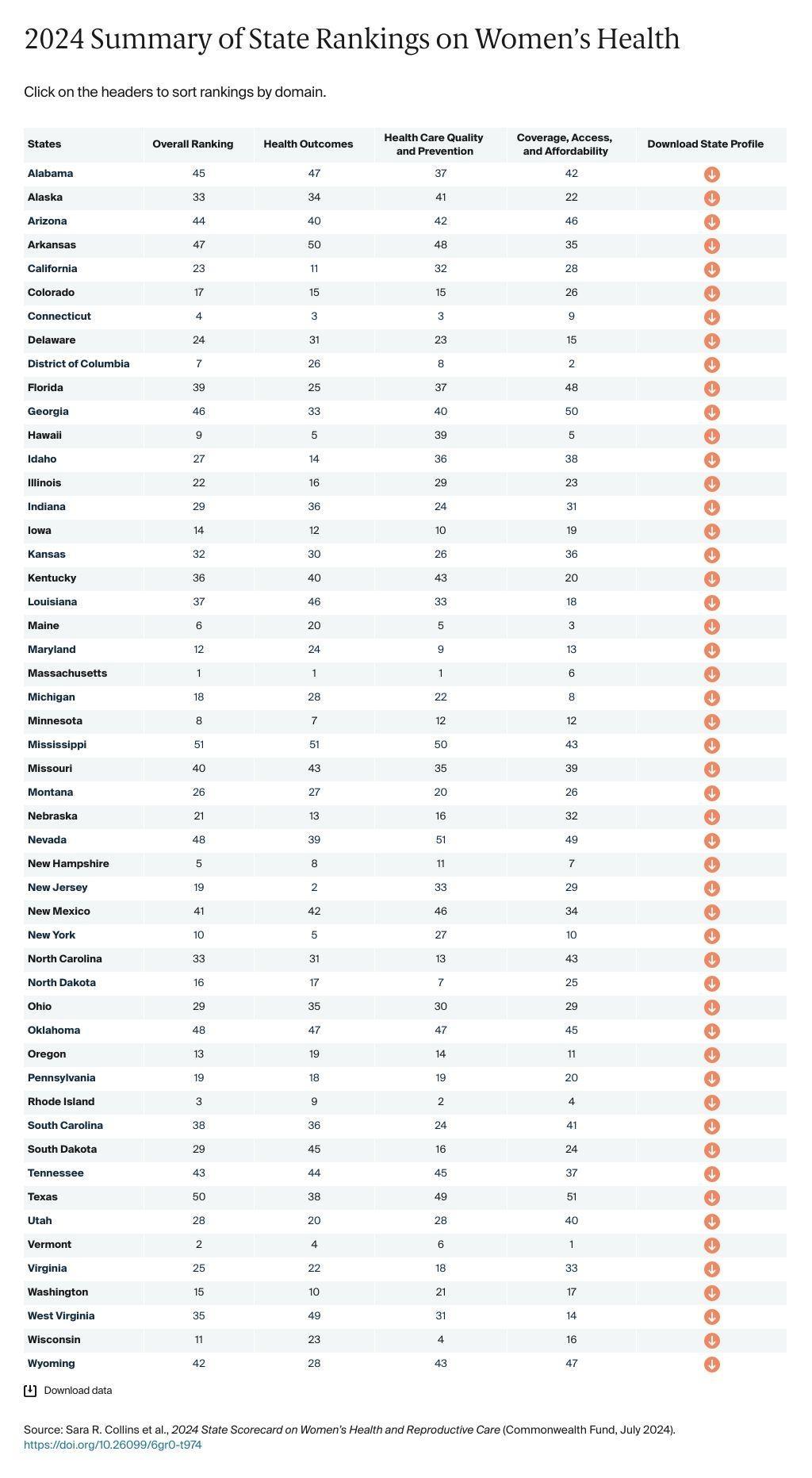Deaths from preventable causes are increasing, and significant racial disparities persist, particularly in maternal mortality and deaths from breast and cervical cancers. Although there was a slight improvement in women's life expectancy in 2022, it remains at its lowest since 2006.
These alarming health trends are occurring amidst state policy choices and judicial decisions that restrict access to comprehensive health services and reproductive care.
Ten states have not expanded Medicaid eligibility, leaving nearly 800,000 women uninsured. Varied approaches among states to phasing out COVID-19 pandemic-era Medicaid coverage have left millions of women either newly uninsured or facing significant gaps in coverage.
These coverage losses are not only hindering women’s access to care but also putting providers serving low-income women at risk of closure. A recent survey found that 95% of community health centers, which care for 40% of low-income women — nearly half of whom are covered by Medicaid — reported having patients who were disenrolled.
The 2022 U.S. Supreme Court decision overturning Roe v. Wade has further fractured women’s health care access, especially in treating pregnancy complications.
Since the decision, 21 states have imposed new limits or bans on abortion. Florida’s six-week ban, effective April 2024, severely restricts abortion access across the South, where all states now have similar restrictions.
Dr. Joseph Betancourt, president of the Commonwealth Fund, said this report — the first focused on women the organization has done — examined the impacts of these policies.
“We were interested in recent policy choices and judicial decisions restricting access to reproductive care, in particular, that have and may continue to exacerbate women's health,” Betancourt said.
Even before the Dobbs decision, these states had few maternity care providers, higher maternal mortality rates — particularly among women of color — and significant racial and ethnic disparities in their health systems. In 2022, more than a third of U.S. counties had limited or no access to maternity care.
The disparities are especially pronounced in the Mississippi Delta. Betancourt said the report identified clear distinctions between states with health systems that perform well for women and those that don’t.
Characteristics of higher-performing systems include investments in health insurance coverage for residents — Medicaid expansion — and making all women’s healthcare, including abortion, legal and accessible.
“When we look at the Gulf states, we see certain characteristics playing out in a negative way,” Betancourt said.
Here’s a quick, state-by-state breakdown of the report’s findings for our region:



.jpg)


